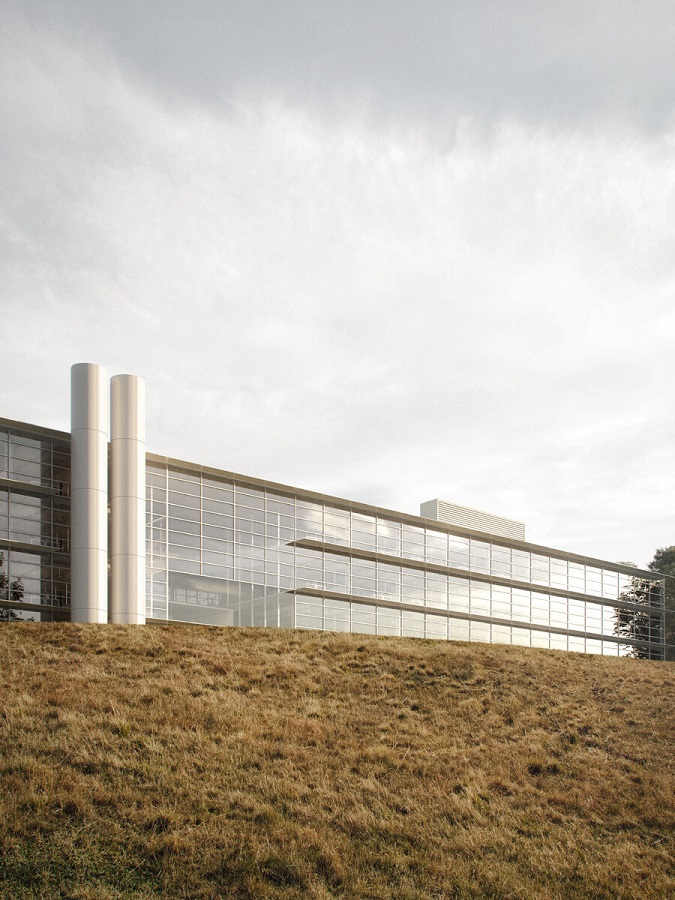Renovation or construction of:
offices and tertiary buildings


Designing and building innovative offices in a post-covid and post-carbon world is a crucial challenge for companies.
The year 2020 has brought about a rapid transformation in the way we work, with a significant increase in remote working. However, this does not mean that offices have become obsolete. On the contrary, offices continue to evolve to meet the changing needs of today's workers, especially the younger ones.
As a Project Management Assistant (PMA), our role is to take into account current developments and new employee requirements in terms of job satisfaction, talent retention and positive environmental impact. We seek to understand these expectations in order to draw up an ambitious and precise program, and support you in a project that is meaningful for your company and your employees.
How we imagined a hybrid campus for iXCampus
Discover the project



Why call on the services of an Assistant Project Manager for the construction or renovation of commercial buildings?
Save time and experience
There are several crucial reasons why it is essential for a project owner to be accompanied by a project management assistant (PMA) when undertaking the construction or renovation of a commercial building. First of all, an Assistant Project Manager provides technical, legal and administrative expertise to ensure the success of the project. By supervising and coordinating the various stages of the project, the AMO ensures that quality and safety standards are met, and that deadlines and budgets are kept under control.In addition, the AMO acts as a mediator between the project owner and the various players involved in the project, such as architects, contractors and local authorities. This facilitates communication and conflict resolution, helping to maintain a harmonious working atmosphere and avoid costly delays.
In addition, the AMO can play a key role in addressing environmental and energy issues, helping the client to integrate sustainable and eco-responsible solutions into the project, which can not only reduce costs in the long term, but also enhance the company's reputation.
Last but not least, the presence of an AMO brings reassurance to the project owner, as he can rely on a professional to advise him throughout the process. This minimizes the risks associated with the construction or renovation of a commercial building, and ensures the success of the project as a whole. In short, working with an Assistant Project Manager is a wise choice for project owners wishing to bring their commercial real estate projects to a successful conclusion in an efficient, compliant and environmentally-friendly manner.
Do you have an office construction project?
Describe your projectOur office and commercial building projects,
Find out more about our current projects and the stories of the clients we’ve worked with on their office and commercial building construction or renovation projects.


PortziX Brest: Extension and renovation of a factory
Delivery in 2025


Chambre des Notaires of Paris: Renovation of an iconic building
Delivery in 2024
our customers say it best
"BAM's commitment to each of our real estate projects contributes to the success of these operations, whose architectural and environmental ambitions we share."
Julien Lalanne

"BAM has invented a new job: making dreams come true! Thanks to their method and their networks, we were able to find THE ideal partner for our future winery."
Ivan Massonat

"The commitment and professionalism of the BAM teams exceeded our expectations. The success of our project would not have been the same without them".
Charles Perrin

"The success of our operation is down to the quality of the relationship we've built up with BAM, and their determination to see the project through."
A. Joubert

"BAM did an outstanding job and was a huge success when the competition went online."
Philippe Guigal





